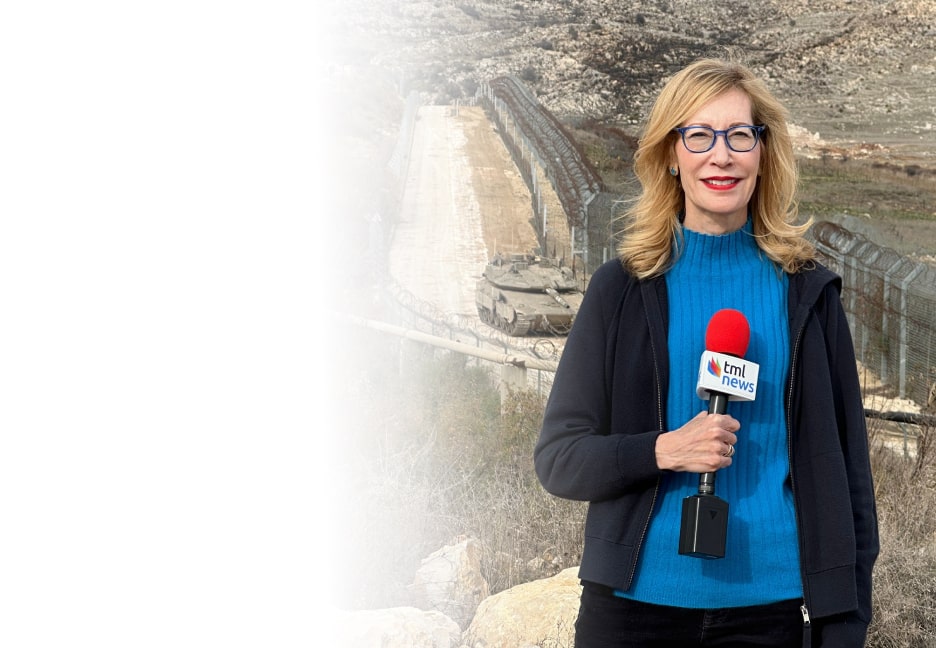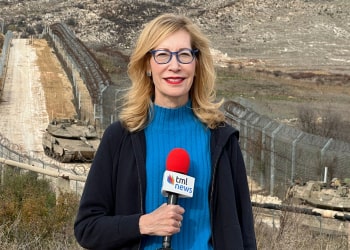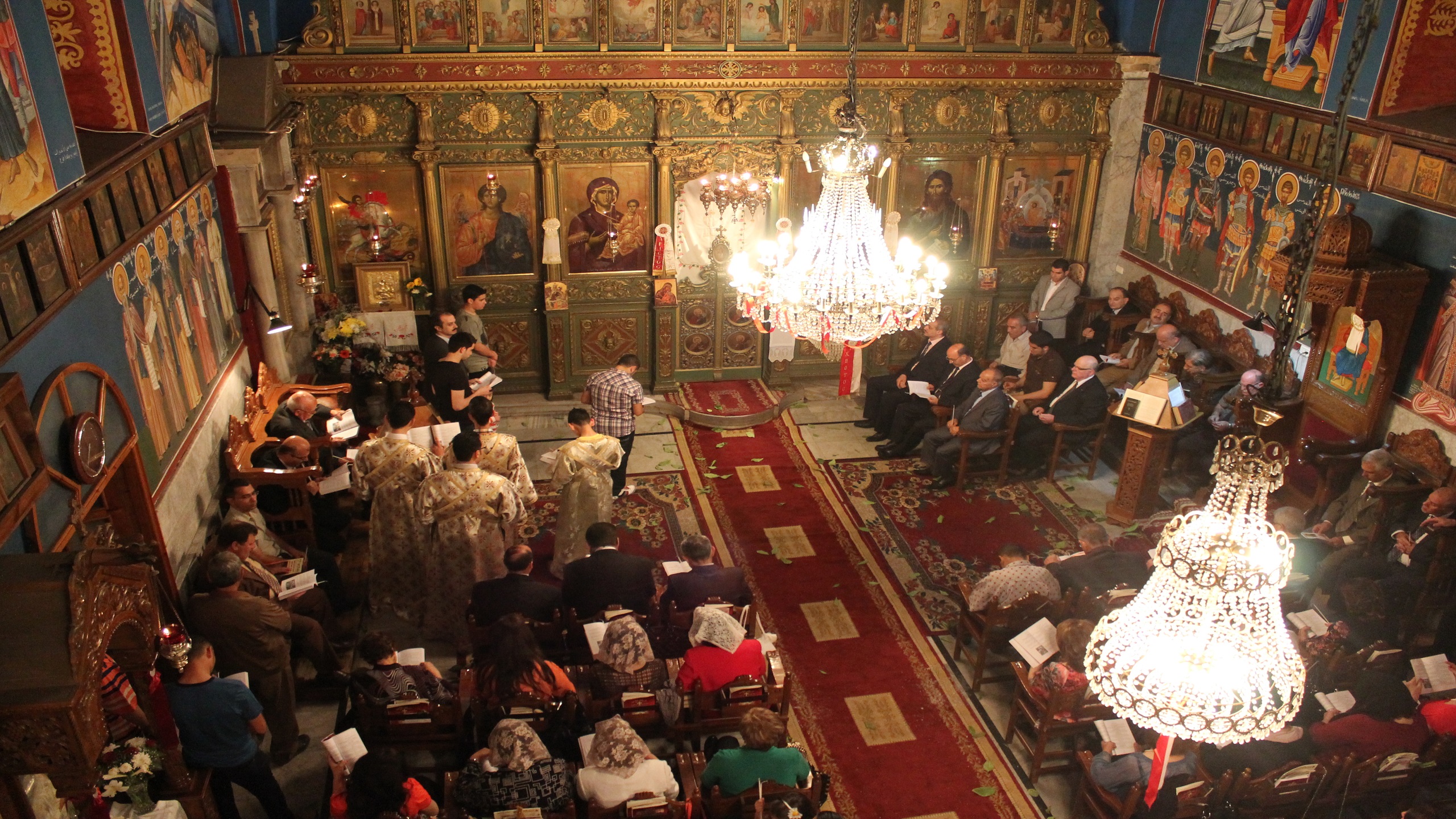The Steadfast Christians of Gaza
Al-Ahram, Egypt, January 1
This year, Christmas is shrouded in sadness, grief, and sorrow throughout Palestine, particularly in the Gaza Strip. The pervasive anguish stemming from the Israeli occupation’s relentless actions stifles any sense of joy that typically accompanies the season. Gone are the celebrations and hymns within the churches of Palestine, the revered birthplace of Jesus Christ. In the churches of the Gaza Strip, which have faced various assaults, a cloud of grief and distress overshadows their Christmas rituals. The relentless aggressor does not discriminate between Muslims and Christians as it perpetuates its daily crimes and works towards the devastation of the region. Christians, much like their Muslim counterparts, endure the daily barrage of aerial and artillery strikes.
This holiday season, give to:
Truth and understanding
The Media Line's intrepid correspondents are in Israel, Gaza, Lebanon, Syria and Pakistan providing first-person reporting.
They all said they cover it.
We see it.
We report with just one agenda: the truth.


On numerous occasions, these raids have targeted areas near churches, inflicting varying degrees of damage to their interiors since the onset of hostilities. While, fortunately, many of these incidents have not resulted in fatalities, they have nonetheless instilled fear and insecurity. For instance, on November 1, 2023, a raid near the Holy Family Church, Gaza’s only Roman Catholic church, occurred just as several Christians were inside with their children for prayers. Remarkably, there were no injuries reported, as the attack took place when no one was in the immediate vicinity. Similarly, the Russian Cultural Center in Gaza’s Tel al-Hawa neighborhood was bombed the previous day, October 31. A far more tragic scenario unfolded on October 19 when the area surrounding the Church of Saint Porphyrius, the oldest church in Gaza, was bombed. This historic Orthodox church, nestled in the Zeitoun neighborhood, likely dates back to the fifth century and was named after a former bishop of Gaza, purported to have passed away before its construction began. The attack resulted in the tragic loss of 18 lives, including 10 members of a single family.
It is crucial to understand that when discussing the church’s surroundings, reference is made not only to the adjacent streets but also to the inner courtyard, which often shelters those displaced or fleeing the turmoil of bombings elsewhere. Yet, the remaining Christians in Gaza, alongside their Muslim fellow citizens, persist with resilience, holding steadfast to the hope of a future free from one of history’s most oppressive colonial forces. —Wahid Abdel-Meguid (translated by Asaf Zilberfarb)

